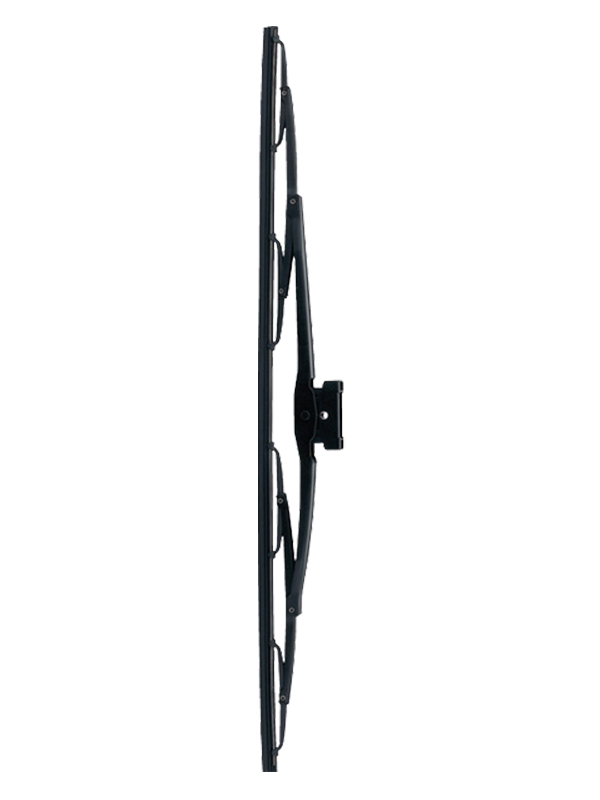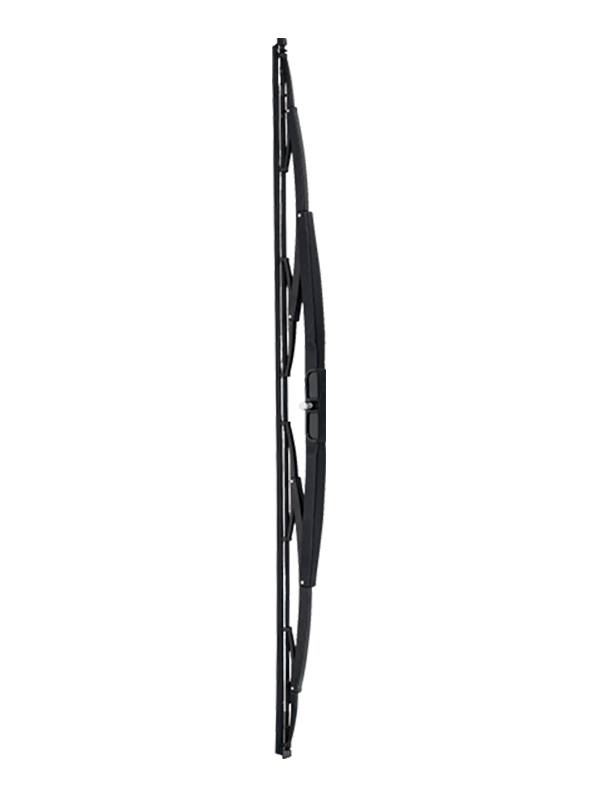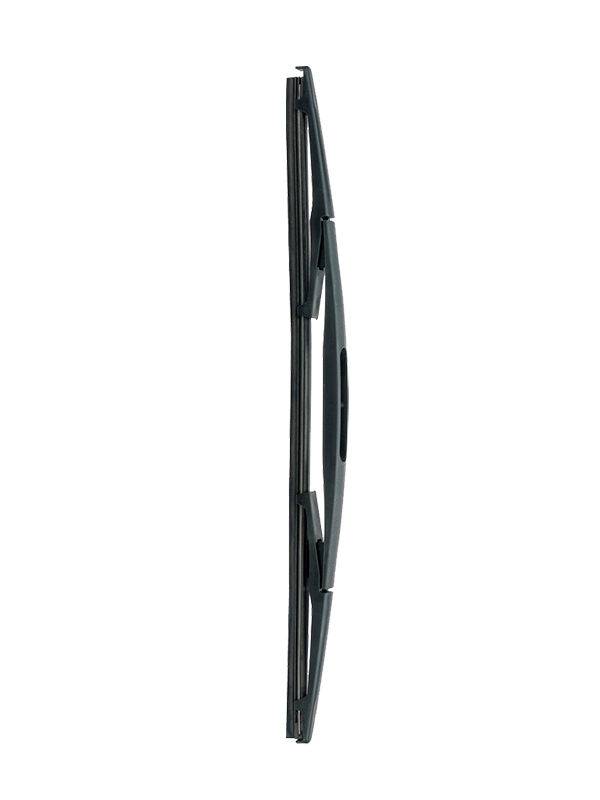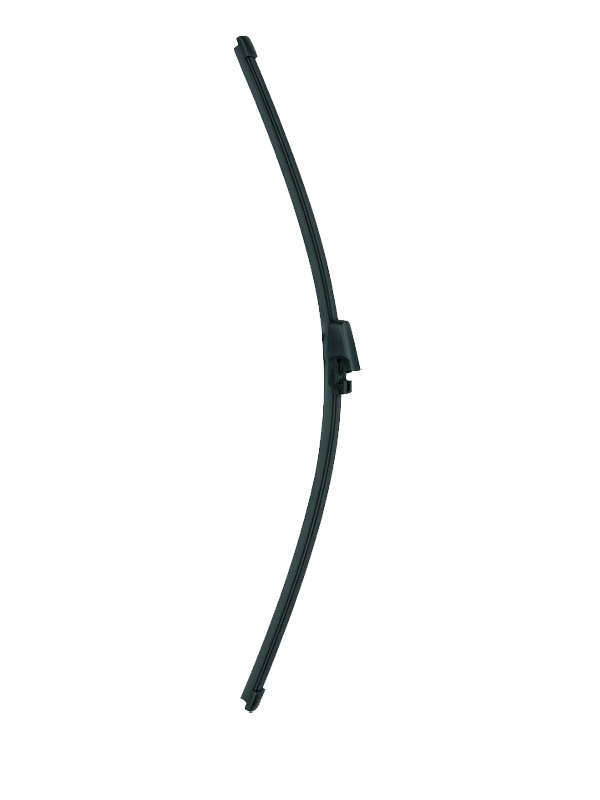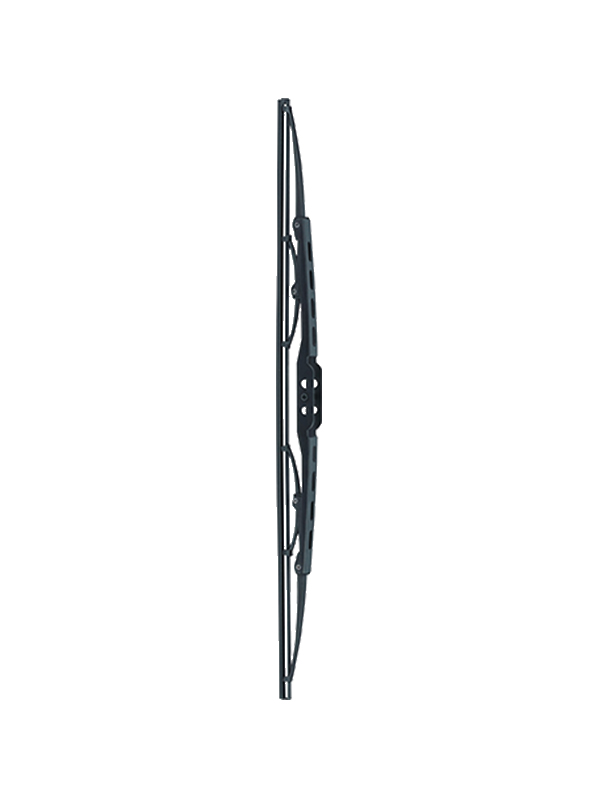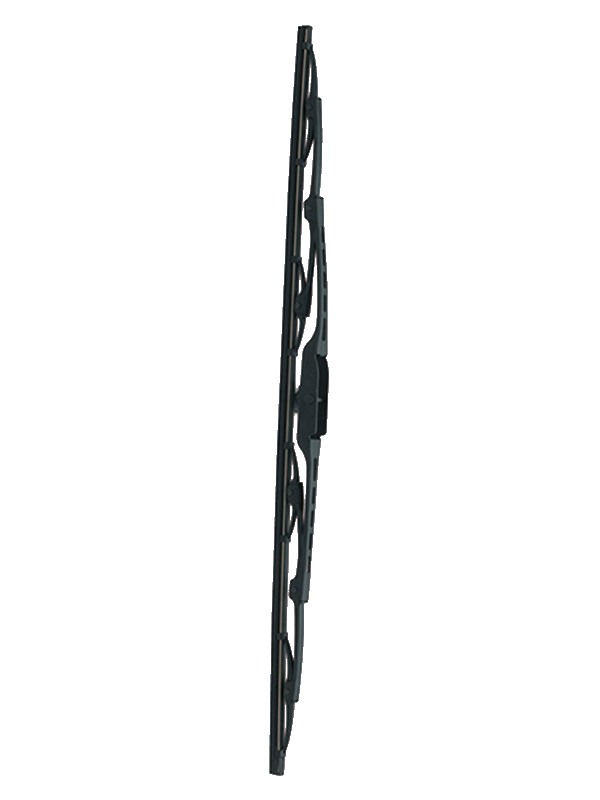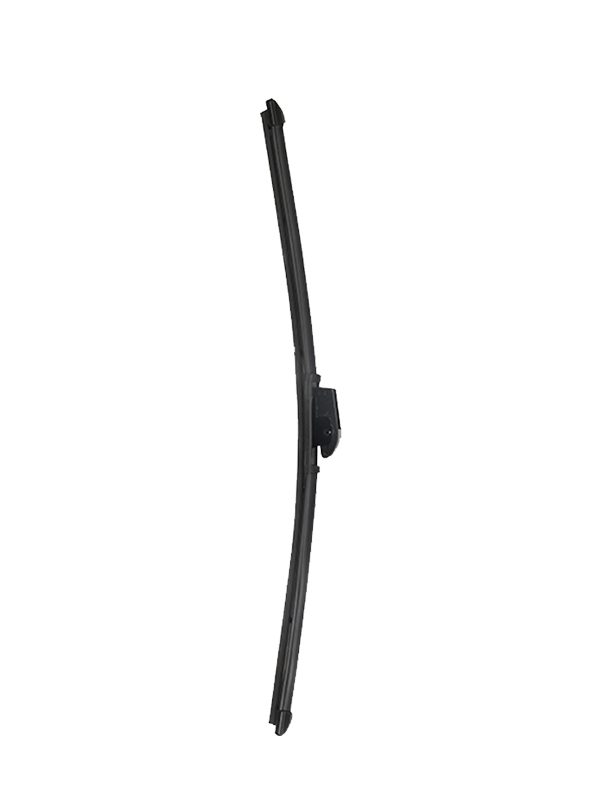Submit feedback
A Comprehensive Guide to Choosing Rear Wipers: Focusing on Cleaning Performance

Introduction: The Critical Role of Rear Wipers in Vehicle Safety
Rear wipers are a crucial component for maintaining a clear rear windshield, directly impacting driving safety. While many drivers focus on aesthetics or price, the functional performance of a rear wiper is what ultimately ensures a clear field of vision under various weather conditions. Selecting the right rear wiper requires understanding its design, materials, and cleaning efficiency.
Understanding the Mechanism and Structure of Rear Wipers
Rear wipers operate through the interaction of the wiper arm, the blade, and the rear windshield surface. The blade exerts pressure against the glass while the arm ensures movement across the curved surface. Compared to front wipers, rear wipers are shorter, with a structure designed to match the rear windshield curvature. Key components include:
Blade: The element that directly contacts the glass for cleaning.
Frame: Provides support and distributes pressure evenly.
Connector: Ensures proper attachment to the wiper arm.
Spring Mechanism: Maintains constant pressure for contact.
Key Components of Rear Wipers and Their Functions
| Component | Function | Impact on Cleaning Performance |
|---|---|---|
| Blade | Directly wipes glass surface | Material and curvature affect cleaning efficiency |
| Frame | Supports the blade and distributes pressure | Rigidity and weight influence stability |
| Connector | Links the blade to the wiper arm | Proper fit ensures smooth operation |
| Spring Mechanism | Maintains uniform pressure | Determines contact consistency and lifespan |
Understanding these elements helps consumers evaluate the quality of a rear wiper beyond its visual design.
Key Factors Affecting Cleaning Performance
Material Selection
The blade material directly influences cleaning efficiency and durability. Common materials include:
Natural Rubber: Soft and flexible, providing good initial performance but lower resistance to UV and temperature changes.
Synthetic Rubber: Offers higher durability under varying temperatures.
Coated Rubber: Features anti-aging and UV-resistant coatings, enhancing long-term performance.
Material choice is particularly relevant for keywords like wiper blade, durability, and cleaning performance.
Pressure Distribution Design
Rear wipers must maintain even pressure along the blade to ensure consistent cleaning. Uneven pressure may cause streaks or missed areas, especially around the edges of the rear windshield. Advanced designs consider the aerodynamic forces acting on the blade during high-speed driving to minimize vibration and noise.
Blade Curvature and Contact Angle
The curvature of the rear windshield requires a rear wiper blade that perfectly matches the glass surface. A mismatched curvature leads to gaps, leaving portions of the windshield uncleaned. Optimizing blade contact angle ensures cleaning area and improved visibility. Relevant keywords include rear windshield, visibility, and cleaning area.
Evaluation Criteria for Choosing a Rear Wiper
When selecting a rear wiper, consumers should look beyond size or shape. The evaluation should focus on functional performance metrics.
Rear Wiper Selection Criteria
| Evaluation Dimension | Description | Recommended Standard |
|---|---|---|
| Material Durability | Resistance to UV, heat, and cold | Coated or synthetic rubber preferred |
| Pressure Balance | Consistent contact with glass | Stable pressure distribution required |
| Noise Level | Smooth operation without skipping | Aerodynamic design recommended |
| Cleaning Path | Streak-free and complete coverage | Blade curvature matches windshield |
| Installation Compatibility | Fits multiple vehicle types | Universal connector design beneficial |
This framework ensures that buyers make informed choices prioritizing performance over aesthetics or price.
Maintenance and Replacement Guidelines
Routine Maintenance
Regularly clean the blade to remove debris that can cause streaking.
Inspect the spring mechanism for loss of tension to maintain uniform pressure.
Avoid operating the rear wiper on a dry windshield, as it accelerates wear.
Replacement Indicators
Replace the rear wiper every 6 to 12 months, depending on climate and usage.
Signs of replacement include streaks, skipping, or unusual noise during operation.
Keywords like replacement guide and wiper maintenance are essential for guiding proper upkeep.
Testing and Verification of Rear Wiper Performance
Professional testing evaluates cleaning efficiency, noise, and pressure uniformity. For everyday users, simple checks can ensure performance:
Inspect for streak-free wiping across the full rear windshield.
Ensure smooth motion without jumps or vibrations.
Evaluate performance under heavy rain to confirm consistent cleaning.
High-quality rear wipers maintain reliable performance across diverse weather conditions, directly affecting visibility and safety.
Trends and Technological Advances in Rear Wipers
The rear wiper market is evolving from traditional rubber blades to coated materials and integrated frame designs. Innovations include:
Smart wipers with automated operation.
Enhanced aerodynamic designs to reduce vibration.
Integration with sensors for adaptive cleaning based on weather conditions.
These advances promise more efficient cleaning and extended lifespan while maintaining rear visibility. Keywords to note include advanced wiper technology, efficient cleaning system, and smart wiper solution.
Conclusion: Prioritizing Cleaning Performance in Selection
Choosing a rear wiper based on cleaning performance ensures safer driving and clearer rear visibility. While factors like price or aesthetics may influence decisions, performance metrics such as material durability, pressure distribution, and blade curvature should be the primary focus.


 English
English  中文简体
中文简体 

